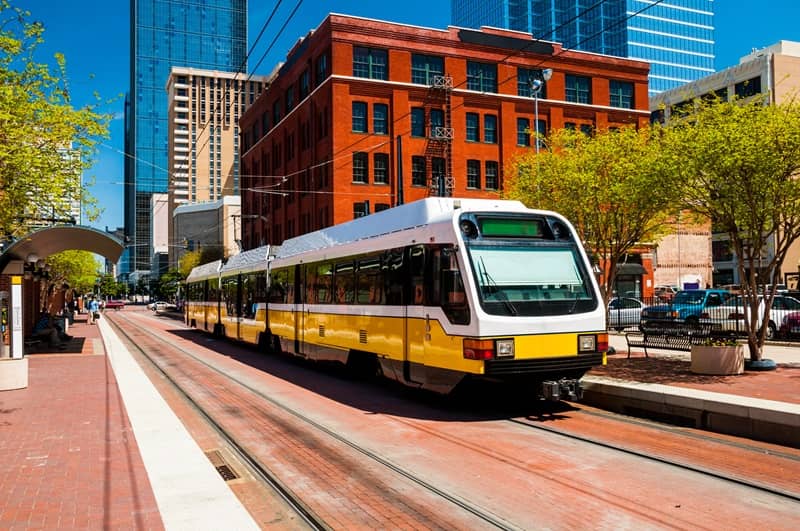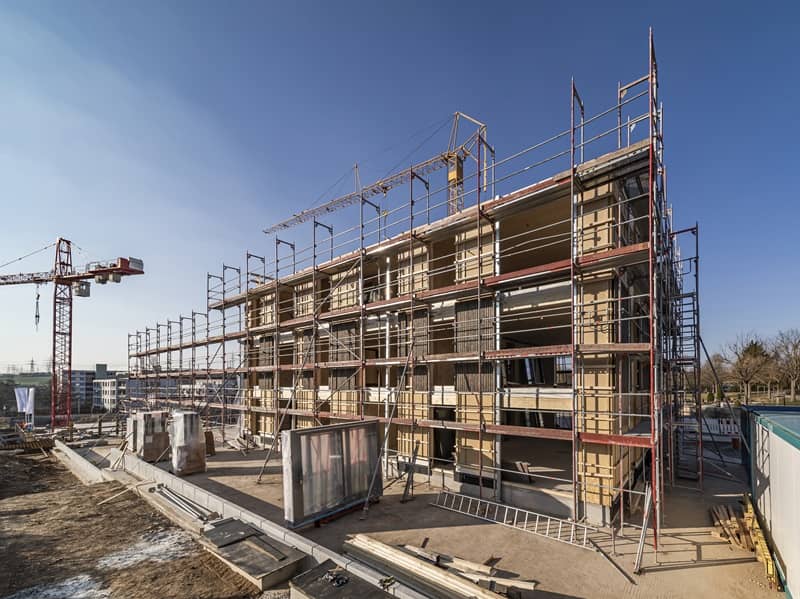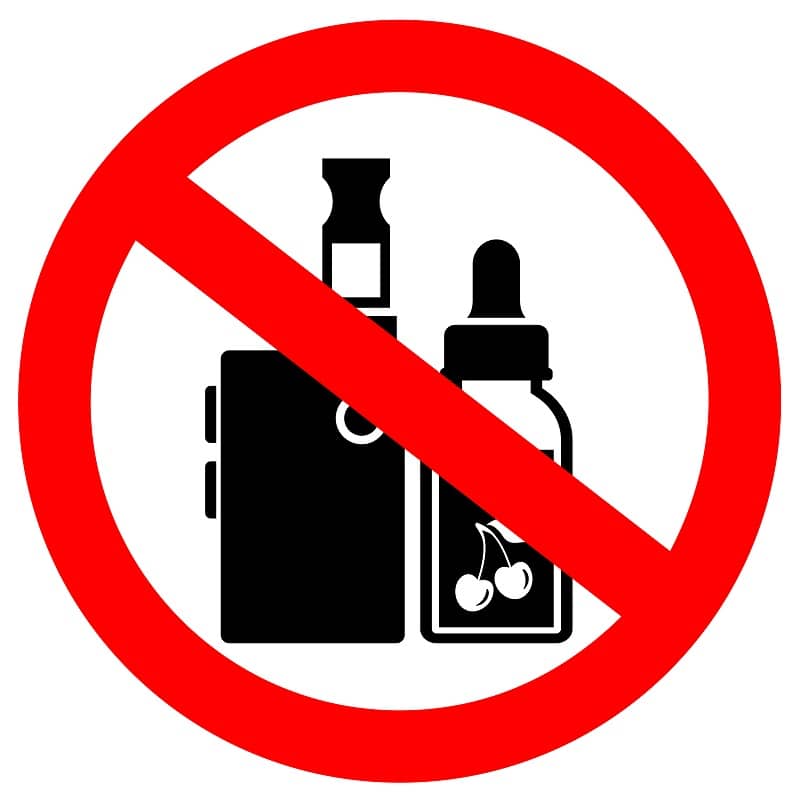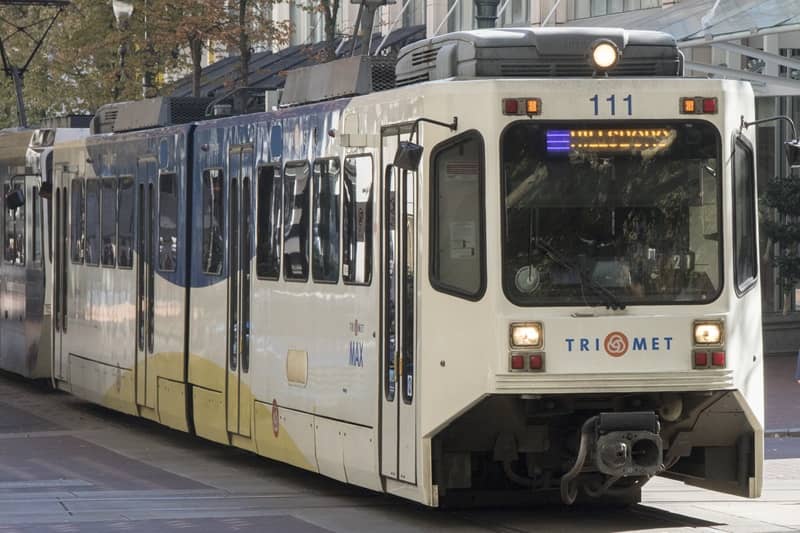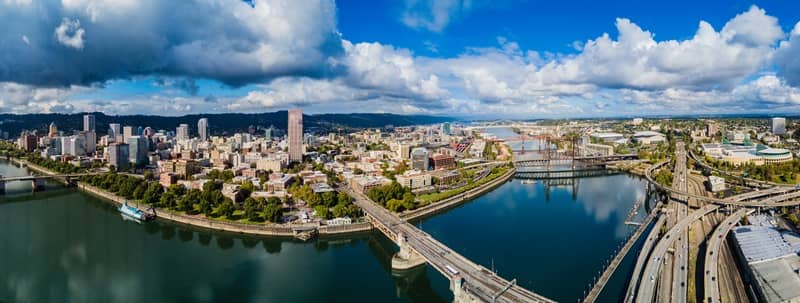Cascade President John Charles testified today before the Joint Committee on Interstate-5 Bridge Replacement Project regarding HB 2800. His testimony follows.
The CRC Plan for Light Rail:
A Step Backwards for Transit Customers
John A. Charles, Jr.
Cascade Policy Institute
February 2013
|
Metric |
TriMet Yellow MAX Line to North Portland |
CTRAN Express Buses Serving Downtown Portland |
|
Capital cost of expanding light rail to Vancouver |
$932 million |
$0 |
|
2011 annual operating cost |
$10.2 million |
$5.04 million |
|
Operating cost/hour |
$270 |
$110 |
|
Annual hours of service |
40,492 |
45,996 |
|
Farebox recovery ratio for operations cost |
47% |
67% |
|
Cost/new vehicle |
$4,200,000 |
$458,333 |
|
Peak-hour frequency |
Every 15 minutes |
Every 10.3-15.5 minutes |
|
Peak-hour travel speed |
15 MPH |
31-45 MPH |
|
Travel time, Vancouver to Portland |
36-38 minutes |
16 -18 minutes |
|
% of passenger seating capacity actually used at the peak period |
34% |
38% |
Promises of Frequent Transit Services: Hope Over Experience
According to the most recent finance plan for this project, “Light rail in the new guideway and in the existing Yellow line alignment would be planned to operate with 7.5 minute headways during the “peak of the peak” and with 15-minute headways at all other times. This compares to 12-minute headways in “peak of the peak” and 15-minute headways at all other times for the existing Yellow line.”[1]
In fact, the Yellow Line runs at 15 minute headways all day, with even less service at night. Yet according to the FTA Full Funding Grant Agreement for the Yellow Line, service is supposed to be operating at 10-minute headways at the peak, improving to 7.5 minute headways by 2020. TriMet is violating its FFGA contract, which could lead to a denial of funding for the $850 million grant request that the CRC project plans to make.
The Green MAX line is also operating at service levels of at least 33% below those promised in the FFGA.
The legislature should not be expanding TriMet’s territory at this time – especially into another state that already has a transit district – because TriMet cannot afford to operate the system it already has. Despite a steady influx of general fund dollars, TriMet has been cutting service ever since the legislature approved a payroll tax rate increase in 2003, as shown below.
TriMet Financial Resources, 2004-2013 (000s)
|
|
FY 04/05 |
FY 08/09 |
FY 10/11 |
FY 11/12 (est) |
FY 12/13 (budget) |
% Change 04/05-12/13 |
|
Passenger fares |
$ 59,487 |
$ 90,016 |
$ 96,889 |
$ 104,032 |
$117,166 |
+97% |
|
Payroll tax revenue |
$171,227 |
$209,089 |
$224,858 |
$232,832 |
244,457 |
+43% |
|
Total operating resources |
$308,766 |
397,240 |
$399,641 |
$476,364 |
$465,056 |
+51% |
|
Total Resources |
$493,722 |
$888,346 |
$920,044 |
$971,613 |
$1,111,384 |
+125% |
Note: Pursuant to legislation adopted in 2003, the TriMet payroll tax rate was increased on January 1, 2005, will rise by .0001% annually until it reaches a rate of .007218% on January 1, 2014.
Annual Fixed Route Service Trends, 2004-2012
|
FY 04 |
FY 06 |
FY 08 |
FY 10 |
FY 12 |
% Change |
|
|
Veh. revenue hours |
1,698,492 |
1,653,180 |
1,712,724 |
1,682,180 |
1,561,242 |
-8.1% |
|
Vehicle revenue miles |
27,548,927 |
26,830,124 |
26,448,873 |
25,781,480 |
23,625,960 |
-14.2 |
|
Average veh. speed – bus |
15.8 |
15.8 |
14.9 |
14.7 |
14.6 |
-7.6% |
|
Average veh. speed – L. Rail |
20.1 |
19.4 |
19.3 |
19.4 |
18.4 |
-11.5% |
Source: TriMet annual service and ridership report; TriMet budget documents and audited financial statements, various years.
[1] C-TRAN, High Capacity Transit System and Finance Plan, July 20, 2012, p. 4.
